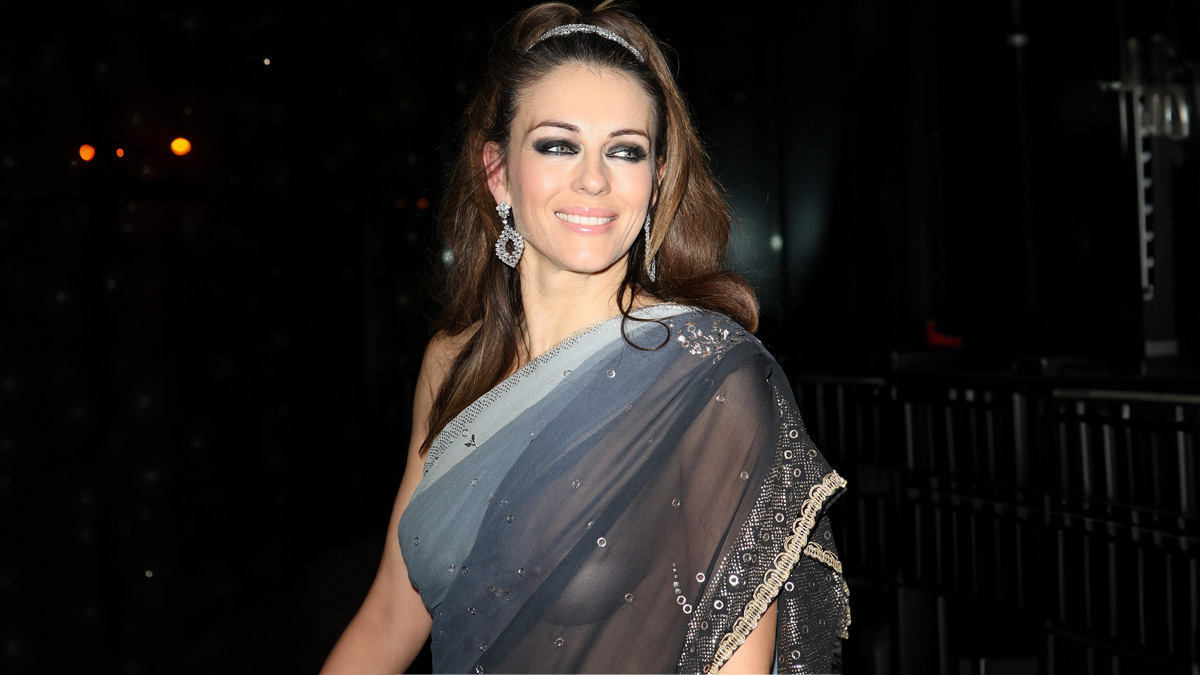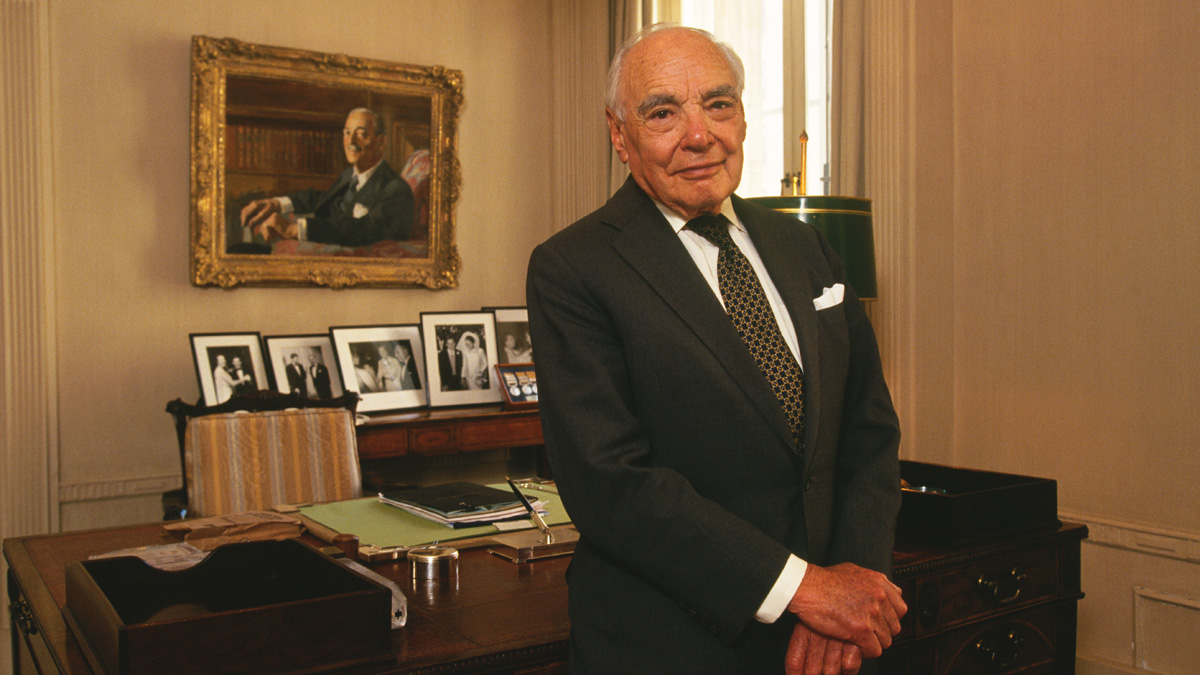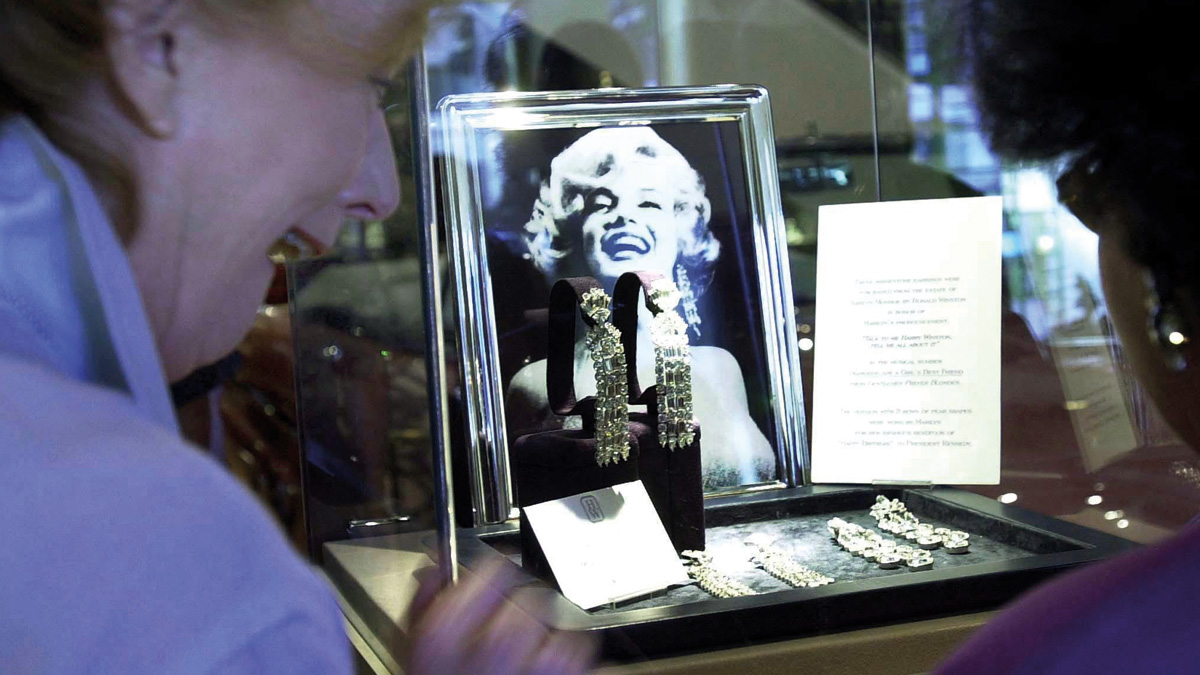The diamond empire: How De Beers created a market out of nothing
When De Beers found itself with a glut of gems and no buyers, it used glamour and royalty to create a market where none existed
 Celebrities such as Elizabeth Hurley promoted De Beers' diamonds
Celebrities such as Elizabeth Hurley promoted De Beers' diamonds
“If I had asked people what they wanted, they would have said faster horses,” Henry Ford, the founder of Ford Motor Company, once quipped. Steve Jobs, the founder of Apple, didn’t conduct focus groups and yet developed a range of highly coveted products no one knew they wanted until they were available.
But probably the best example of creating demand for a product where there was none is diamond giant De Beers. It convinced generations of men they should spend at least two months’ salary on a diamond engagement ring and told women that their peers would judge their choice of spouse by the size of the stone set in it. It did it through powerful marketing across a number of decades, including the creation of the world’s longest-running commercial payoff line. But it almost never happened.
This was an astonishing achievement considering that the fraught first half of the 20th century was hardly conducive to jewellery demand. Consumers were not in the mood for trinkets and baubles, so De Beers had to ensure its product became a requirement for any suitor wanting to be taken seriously by his prospective bride.
Until the 1950s, most diamonds found their way into industry and there was little apparent desire for high-quality gemstones. This left the world’s biggest supplier, with its 80 per cent global market share, with millions of carats of sparkling stones locked up in vaults with no one to sell them to. Popularising diamonds by making them essential to the courting ritual was the brainchild of a young Harry Oppenheimer.
His father, Sir Ernest Oppenheimer, had secured family control of global diamond supply via De Beers, which consolidated the industry after the discovery of the richest deposit ever found in South Africa in 1867. Until then, diamonds had been scarce, found mostly in remote Indian and Brazilian riverbeds. They were also the preserve of a shrinking aristocracy. That all changed with the Kimberley mine discovery, which would yield an estimated 14.5 million carats or 3,000 kilograms of stones – enough to fill a large bathtub.
It caused a glut in supply and a headache for the firm as it would render them essentially worthless without a cartel-like control of supply. Oppenheimer knew he needed to convince women of the beauty and scarcity of diamonds as a symbol of everlasting love and make it essential for suitors to show their eligibility by buying them.
Work began in 1938 but did not take off until the post-war consumer boom, driven by the US-led reindustrialisation of the global economy. Oppenheimer gave the Philadelphia advertising agency N.W. Ayer exclusive rights to place its adverts for diamonds in American media and funded the research on how it should best be done.
This began a decades-long exercise in myth-making. Until then, about 10 per cent of women in America wore a ring with a precious stone to symbolise commitment and the idea had little traction elsewhere. By the end of the century, around 90 per cent of American women wore a diamond ring to signify they were engaged and the trend was replicated in other westernised economies around the world.
Long before FOMO existed, De Beers and its ad agency were creating influencers and even sought the support of the late Queen Elizabeth II. The agency embarked on a range of strategies, using the booming movie industry and a new generation of Hollywood stars to glamorise and popularise diamonds. Famous celebrities such as Liz Taylor and Marilyn Monroe wore them at every high-profile society event they attended.
An internal N.W. Ayer memo at the time read: “Since Great Britain has such an important interest in the diamond industry, the royal couple could be of tremendous assistance to this British industry by wearing diamonds rather than other jewels.” Diamond advertising took on a new glamour by appearing on the fashion pages, while renowned designers and trendsetters were encouraged to talk about them as a fashion must-have at every opportunity.
By 1947, a strategy document outlined the plan to “strengthen the tradition of the diamond engagement ring” and it proceeded to provide newspapers with detailed descriptions of the diamonds worn by stars at big events. The 1948 strategy was to “spread the word of diamonds worn by stars of screen and stage, by wives and daughters of political leaders, by any woman who can make the grocer’s wife and the mechanic’s sweetheart say, ‘I wish I had what she has’.”
The real key was its tagline. A young copywriter called Frances Gerety scribbled the words “a diamond is forever” on a scrap of paper next to a picture of a couple on honeymoon late one night in the early 1950s. Little did she know that the line would outlive her. Advertising industry lore suggests that her colleagues were not particularly impressed by the line but presented it to their client anyway as they had nothing better to offer.

It has become synonymous not only with the enduring quality of the product but the belief that marriage should be a lifelong commitment. One of the most important factors in the success of the campaign was the company’s long-term commitment to, and investment in, driving home its core message to new markets in the 1960s.
By the end of that decade, global ad agency J Walter Thompson had helped De Beers create a $1bn-a-year market in Japan, making diamonds as much of a requirement to courting couples there as they were in the US. As competition from smaller stones found in Siberia risked destabilising the cartel, Oppenheimer sealed a deal with Russian producers. N.W. Ayer then shifted its messaging, so it was no longer just about size but about quality.
The new watchwords in the diamond industry became clarity, colour and cut. This marketing strategy proved extraordinarily successful. By 1979, sales had grown 100-fold and the advertising budget by about half that. In 1939, for example, sales of jewellery-grade diamonds were $23m a year with an annual advertising budget of $200,000. Forty years later, this has expanded to more than $2.1bn in wholesale revenue off a marketing budget that had grown to $10m a year.
At its peak in the early 2000s, the company was spending up to $200m a year promoting its product. But, more recently, that has fallen sharply as cracks appeared in the diamond market. “The supply/demand balance has been heavily affected by China,” says David McKay, who is the editor of the trade publication Miningmx.com.
“The decline in Chinese demand probably dates from the start of the trade war with the US in 2018, followed by Covid, which also led to a decline in the number of marriages in many parts of the world. China comprised 1.5 per cent of total sales in 2000 and 15 per cent by 2015, so any change there is going to be significant,” he says.
Added to this, De Beers reported a sharp decline in overall sales that it attributed to “challenging market conditions and new competition from lab-grown stones”. In 2023, it announced a considerably reduced $20m budget for its “Seize the Day” campaign, which primarily used social media channels.
The price of natural stones has fallen sharply, and volumes are down by about a third on this time last year. In early 2024, De Beers chief executive Al Cook announced it had discontinued its lab diamonds project and would focus only on natural stones.

But while Cook has been upbeat about demand, analysts at Morgan Stanley have warned that sales of natural diamonds are in a downward spiral, saying “macro pressures continue to weigh on consumer sentiment, including in the US – the world’s biggest diamond market”. The bank said it was “yet to see pointers that the tide is about to turn”.
De Beers’ owner Anglo American is undergoing a substantial restructuring of its own that could see the diamond business sold or separately listed on a global stock exchange. Diamond analyst Paul Zimnisky believes new owners could breathe new life into the company, which has a complex structure that is heavily dependent on joint ventures in diamond-rich Botswana and Namibia.
“That said, I think the best suitor would be someone who has deep pockets and can invest a sufficient amount in the business for the long term. A company like LVMH could qualify,” said Zimnisky.
For McKay, while a new owner – or an independent De Beers – could steady the ship, it needs more than that. “What the diamond sector most needs for itself right now is what it so readily sells: a little bit of love. That could come from an independent De Beers which has greater control over its cash flow or if a Gulf state buys the brand. Either way, selling diamonds is going to change – forever.” That may be the case, but De Beers proves that it is possible to create a market out of nothing.



